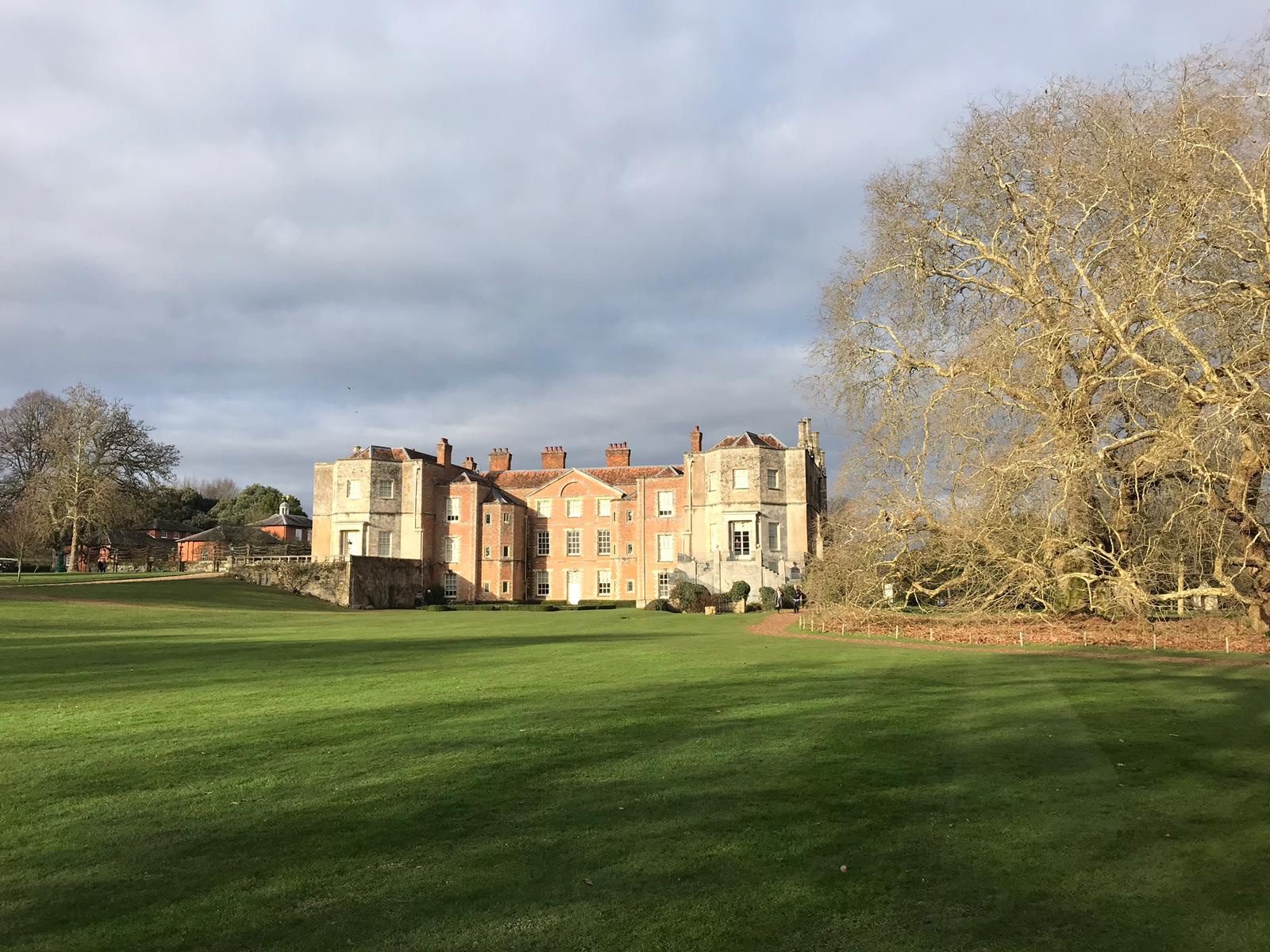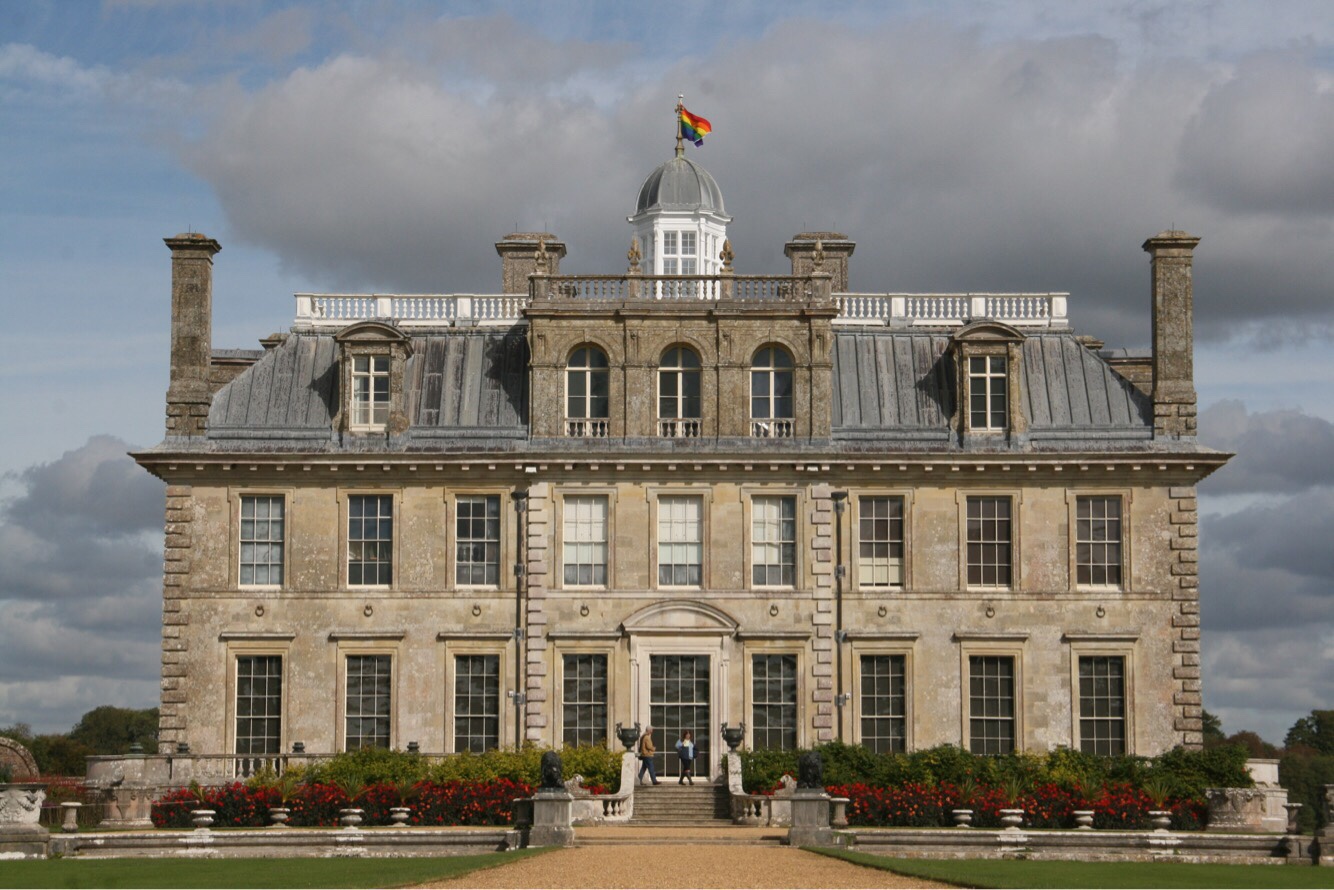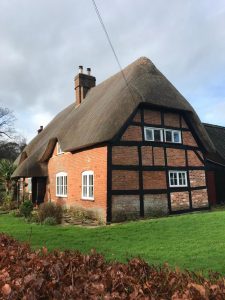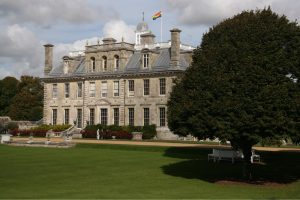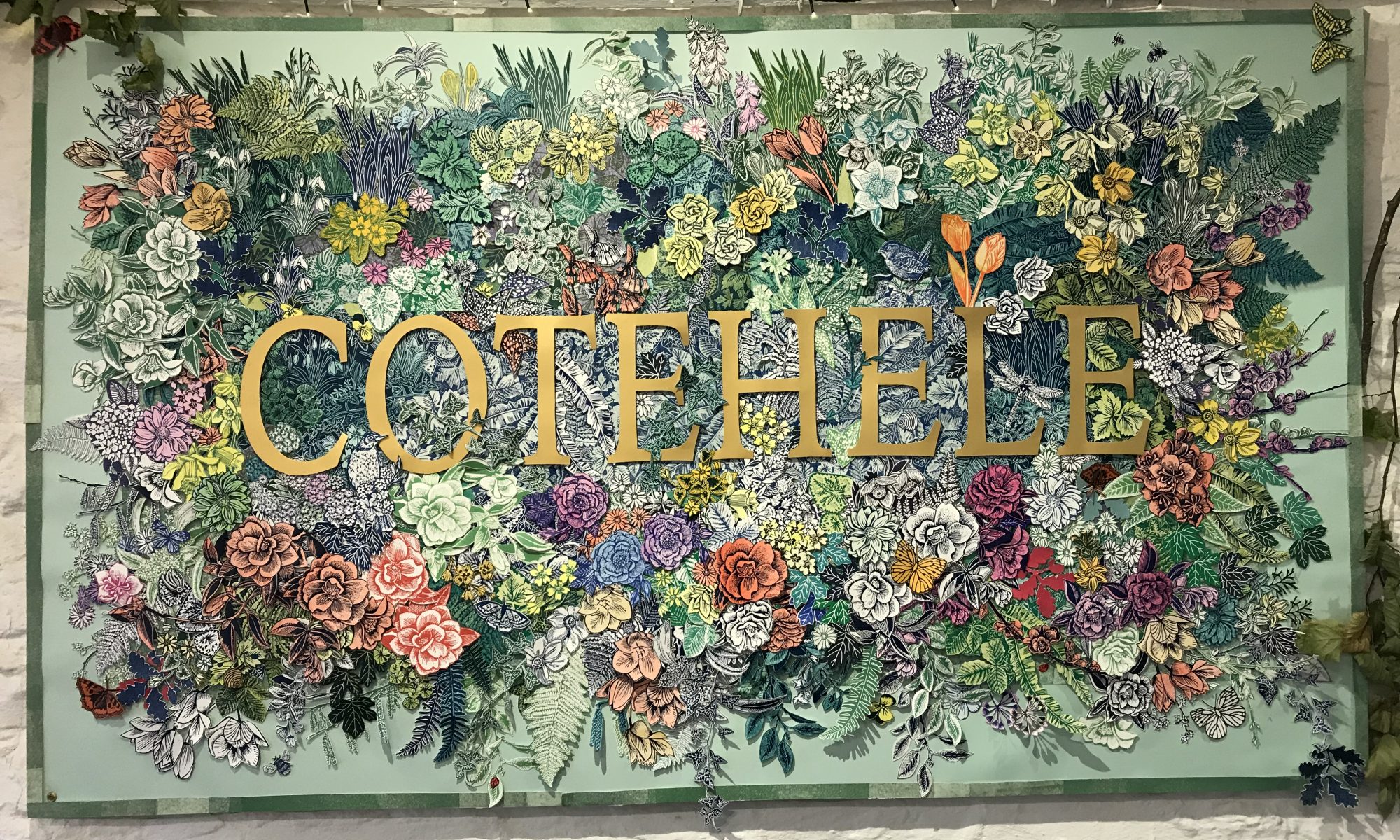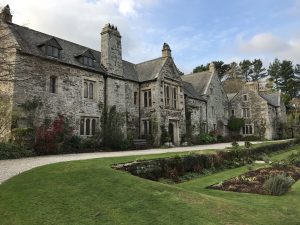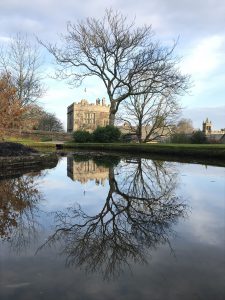After being let down yet again by today’s youth at my place of work, and rather than rush home to compile a report of the day’s failings, I took the opportunity to visit another National Trust property and seize the moment presented to me. Due to my location the choice was easy enough, although it meant a longer route home. The name of Mottisfont meant nothing to me, but it had cropped up on my recent visit to Romsey. Rather than study the A to Z road map, the post code was put into the sat nav and the easy 9-mile drive was made.
I left Southampton and drove past the charming Romsey which was the destination of another trip made in December which was also made to alleviate the stress caused by the same issue mentioned above. As this trip was completely unplanned, I didn’t let the fact I was only armed with the camera on my phone to deter me. I guess there is perhaps some positives to modern technology in that we are always able to capture any moment in one way or another rather just trying to memorise it.
After signing in and getting my map, I crossed a bridge at the end of which a sign said, ‘The first sign that spring is around the corner is…..’ Upon walking around said corner, I was distracted as the house dominates one’s view. Completely attracted by the house and river flowing by I began to search for the perfect spot for the obligatory reflection photo. Rather fortuitously I noticed the beautiful, white, drop bell-shaped flowers that are just starting to bloom and to which the sign referred. The snowdrops are in bloom. As the threatening clouds gathered, and the chilly wind seemed to sweep across the country, my mind thought on the never-ending talk of Brexit and my disappointment, distrust even, of politicians and the fiasco they have contrived to produce. It seems an ill wind that blows across these shores at the moment. All was forgotten, both physical and metaphorical, by the bright and wonderful distraction and attraction these flowers are. A stroll along the river Test follows the snowdrop trail.
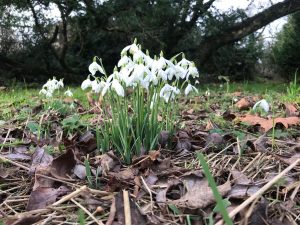
Can it be believed that this was once a weekend family home? The size and location beggar belief. A step inside and one is immediately greeted by the family’s love affair with art. I am not yet a fan of art and I didn’t hold much hope of enjoying the visit inside, but with a cold winter wind and no sun it was a place of refuge. I enjoyed two rooms, the nostalgia of these studies, rooms full of books, old cameras, ancient sports equipment, board games, musical instruments, etc. The books always grab my attention – perhaps they are the biggest evidence of something that once was – but one in particular caught my eye. ‘Home Guard Manual 1941’ immediately reminded me of those sayings like, ‘we’re not proper soldiers’, ‘put that light out’ and ‘you stupid boy’ from the many episodes of the inimitable Dad’s Army shown over Christmas.
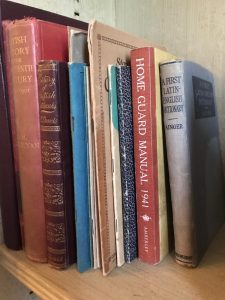
The former owners were clearly art fanatics. The house now being in the hands of the National Trust the tradition associated with the house has been continued. On the top floor was the first of 4 exhibitions to be held throughout the year. Surprisingly I made the walk up the large staircase to have a look. The view that greeted me was a bold green wall with 4 or 5 pony cartoons. The artist responsible for these spent the last quarter of a century of his life in Hampshire. Norman Thelwell lived in the Test Valley at Timsbury near Romsey. After looking at one I was immediately captivated by Thelwell’s depiction of these creatures and joined in with the laughing made out loud by the observers of his work. As the title of the exhibition was laughter and landscapes, I certainly had a few laughs at the brilliance of these comics. What therapy at the end of a trying day.
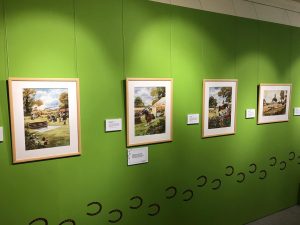
Apart from these adorable cartoons, Thelwell produced some gorgeous landscape paintings. Some of these scenes I recognised. One painting was of Salisbury cathedral which was the subject of another recent trip. As my route home took me through Salisbury, I thought what better than to try to find the view Thelwell used. So, as I sit and write this blog from the Old Mill at Harnham I wonder if I have found an artform or an artist that I appreciate. As work continues to bring me back this way, and there are 3 other exhibitions planned for the year, I expect to return to marvellous Mottisfont.

